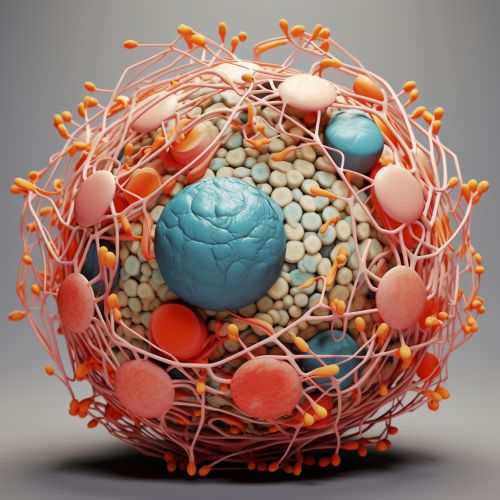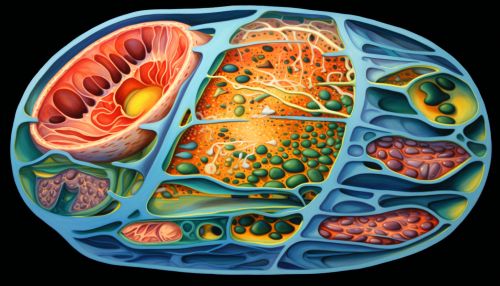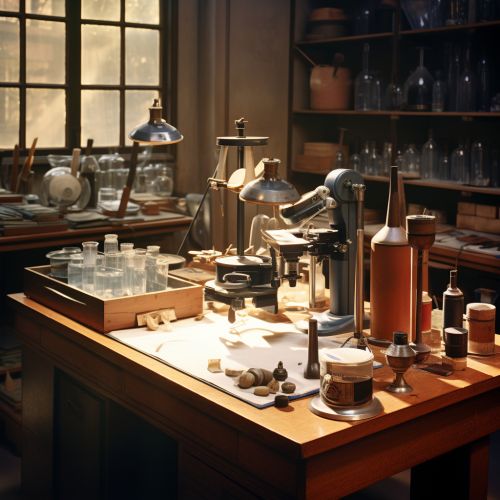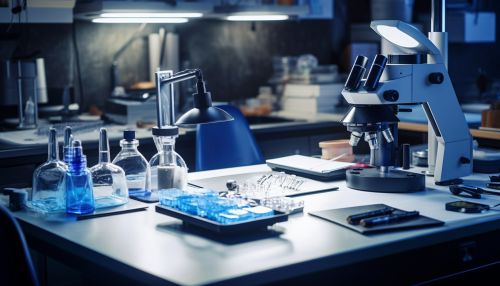Cytology
Introduction
Cytology, also known as cell biology, is a branch of biology that studies the structure and function of the cell, which is the basic unit of life. Cells are the smallest units of life that can replicate independently, and are often called the "building blocks of life". The study of cells is performed using microscopes, and other techniques such as cell fractionation and transmission electron microscopy are used to study the organelles within the cell. Cytology has a broad range of applications in medicine, biology, and in other scientific disciplines.
Cell Structure
Cells are composed of cytoplasm enclosed within a membrane, which contains many biomolecules such as proteins and nucleic acids. Cells are of two types: eukaryotic, which contain a nucleus, and prokaryotic, which do not. Prokaryotes are single-celled organisms, while eukaryotes can be either single-celled or multicellular.


Cell Membrane
The cell membrane, also known as the plasma membrane, is a biological membrane that separates the interior of all cells from the outside environment. The cell membrane is selectively permeable to ions and organic molecules and controls the movement of substances in and out of cells.
Cytoplasm
The cytoplasm is a gel-like substance enclosed within the cell membrane. It is composed of water, salts, and proteins. The cytoplasm plays a crucial role in a cell's survival; it is where most cellular activities occur, such as many metabolic pathways including glycolysis, and processes such as cell division.
Nucleus
The nucleus is a membrane-bound organelle that contains the cell's chromosomes. The nucleus maintains the integrity of genes and controls the activities of the cell by regulating gene expression.
Cell Function
Cells perform a vast array of functions in the body. They provide structure for the body, take in nutrients from food, convert those nutrients into energy, and carry out specialized functions.
Cell Division
Cell division is the process by which a parent cell divides into two or more daughter cells. It is a vital process in all living organisms. Cell division is the basis of reproduction in organisms that reproduce asexually, and it also enables sexually reproducing organisms to develop from a single cell.
Cell Metabolism
Cell metabolism is the set of chemical reactions that occur in living organisms in order to maintain life. These processes allow organisms to grow and reproduce, maintain their structures, and respond to their environments.
Applications of Cytology
Cytology has many practical applications in medicine, biology, and other scientific disciplines. It is used in the diagnosis and management of many diseases, particularly cancer. In medicine, cytology is often used to detect abnormalities in cells, to look for signs of disease, and to monitor the effectiveness of treatment.


